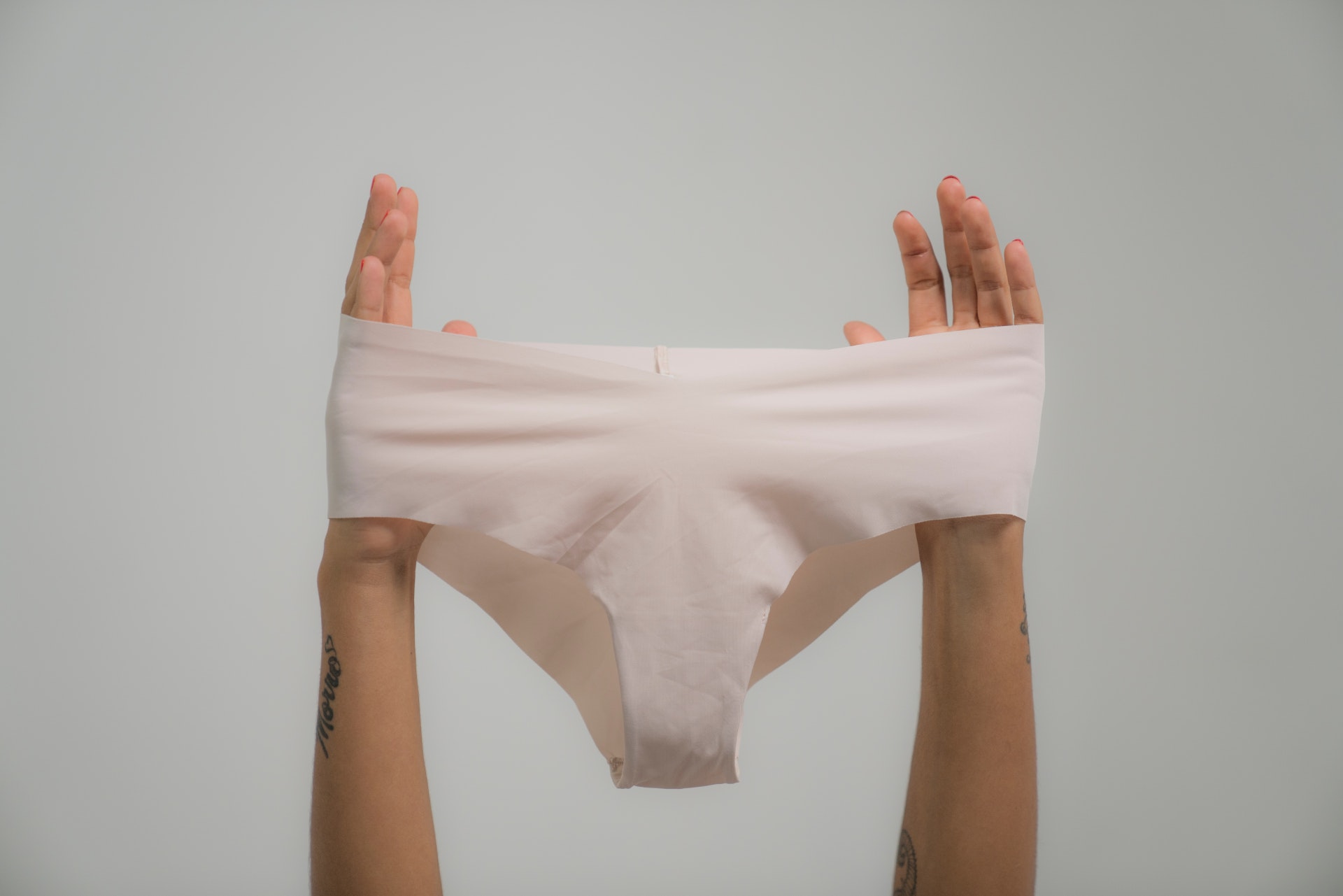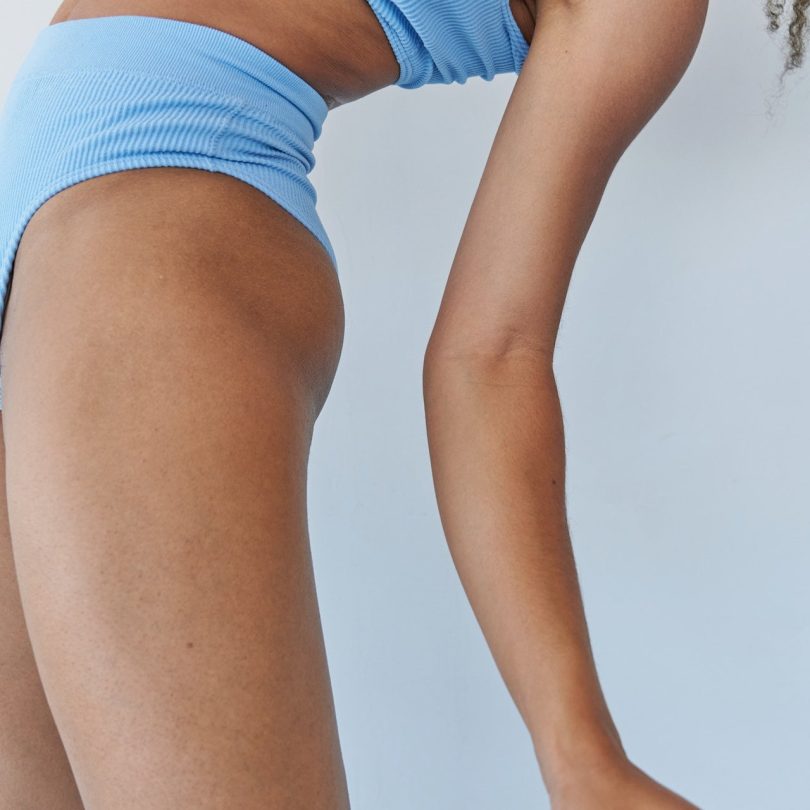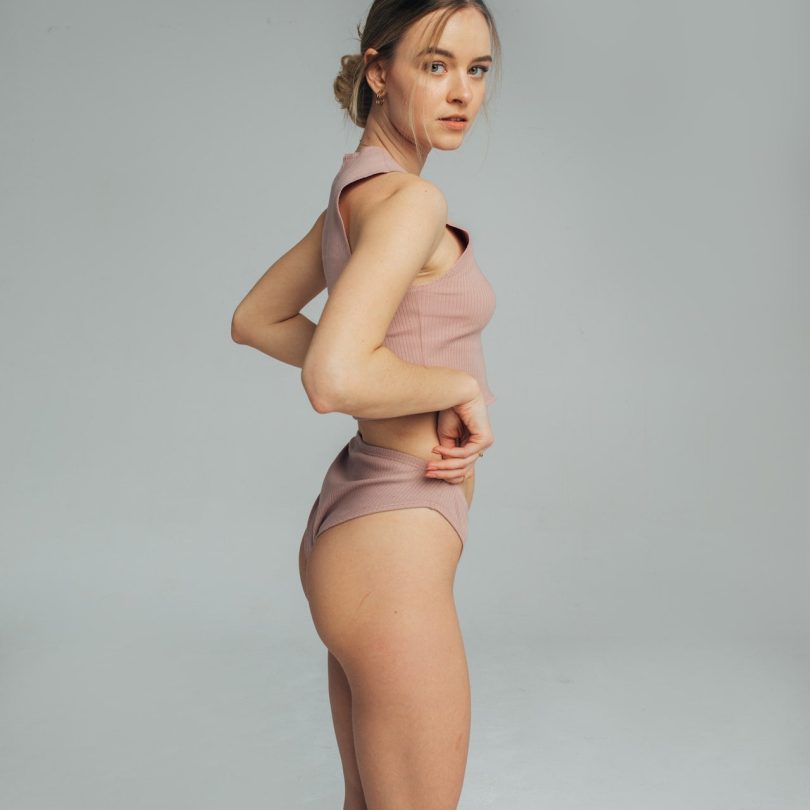The Vision: A Circular Economy
The only way we can save our planet is by shifting to a circular economy. The future is now and it needs to be circular.
What is the circular economy? Circular economy and in our context circular fashion aim to minimize waste and promote sustainability in the production and consumption of goods, including clothing.
In a circular economy, the linear model of disposal is replaced with a closed-loop system. This means that products must be designed to last. Renewable resources must be used, modularity and the ability to be dismantled must be possible so that products can be reused, maintained and overhauled. Recycling is the last step in the circular process, as the product is reduced to its basic materials and broken down into individual parts. To ensure that products are used for as long as possible, instead of being broken down into their individual parts, they should be designed with the intention of longevity in mind.
Circular fashion specifically focuses on applying these principles to the fashion industry. This involves designing clothing with the intent of extending its lifecycle and minimizing its environmental footprint. Key practices include creating durable and timeless designs and encouraging consumers to use old garments for as long as possible or to pass them on for reuse. This requires not only high-quality materials, but also good care and maintenance by the users.
We are part of this circular economy shift and focus on a circular product design. We want to help to use your product for as long as possible and explain how to care for it. You will also have the option of having your product repaired. We are currently working on a take-back service and will keep you updated.
Our Mission

We have made it our mission to change the fashion industry. We want to start with the hygiene market and then expand into the sports industry. 90% of hygiene products in the EU contain plastic that ends up in our groundwater, the sea or in landfills, where it would take several hundred years for it to biodegrade. Across the EU, 50 million single-use products are used every year, creating a huge amount of waste.
Cedenu supports a circular economy and offers plastic free, biobased and aesthetic underwear with a circular product design. Our products are based on 4 natural materials. Additionally we are also working on integrating natural dyeing processes as an alternative to conventional dyeing. We are committed to work every day on only using as many resources as needed and to think about how we can take back and recycle consumed products. Together we can help reduce greenhouse gas emissions, waste, and pollution, and protect natural resources and biodiversity. Also we can improve the quality our life, health, and well-being of people and communities.
Furthermore, our mission is being transparent as possible about our production chain and ingredients. With that in mind, our community focuses on health topics, sustainable consumption in the fashion industry and raising awareness about plastic pollution.
We hope you join us in our journey to make underwear more circular and sustainable



Why Circular Hygiene Underwear?
Production based in Europe
All parts of our product stem are biobased and are able to create a circular product.
In addition, the production processes are done in Europe only, in order to keep a high quality standard for you and the environment.
Good for your body
Our natural fibers are not only soft and skin-friendly, but also naturally antibacterial – without synthetic additives.
The positive side effect – skin irritations and infections in the intimate area can be reduced by avoiding synthetic materials.
Good for the environment - reusable
By using reusable hygiene underwear you are helping to save millions of Euros that is needed to clear sewage plants from disposable products as well as preventing waste that does not biodegrade. With good care our underwear can last for several years.
Why Cedenu?
Circular Product Design
We only use natural based materials like wood pulp. The fibers are manufactured in a closed-loop system in which the solvents used are reused. We also want to close the loop by giving you the opportunity to reuse your underwear at the end of the product life cycle. We are currently looking for partners who are committed to the idea of repair.
More than Underwear
We want to create more transparency on the topics like plastic pollution, the textile value chain and physical health issues. Therefore we are building a community together, that learns through the exchange of experiences on these topics. In addition to your individual stories, we will work with doctors and health experts, as well as representatives of the textile industry to provide you with expert knowledge.
Environmentally friendly dyeing & finishing
In addition to conventional dyeing processes, Cedenu underwear will also use new methods such as dyeing using microorganisms, as well as digital printing processes. Both are consume little water and energy and do not require any additional chemicals.
We also use natural processes for textile finishing that do not require any toxic additives in accordance with the Oeko-Tex guidelines



